En anglais (CloudyNights) et en français (Webastro / Astrosurf)
Exceptionnelle vidéo du pulsar du Crabe (PSR B0531+21) réalisée avec un OVNI-M
Martin Fiedler (Allemagne) a réalisé cette incroyable vidéo du pulsar du Crabe (PSR B0531+21) grâce à son OVNI-M. Pour l'imager il a utilisé une caméra QHY174M GPS. A voir ci-dessous :
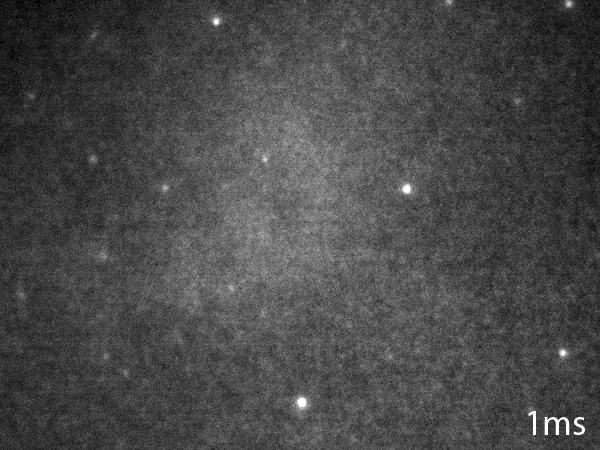
Voici une description très détaillée de son observation + photos de l'équipement:
« After many cloudy weeks a usable starry sky showed up here in Radebeul (Germany) again, I used the opportunity and started another attempt to finally resolve the pulsar in M1 temporally and spatially. After the first experiments some weeks before it was clear that this faint part cannot be resolved directly in time even with a night vision device (OVNI-M), at least not with our astronomical conditions and with the for such a thing rather "small" 24" Dobsonian. But then I had an idea to crack the thing after all. According to my research on the pulsar, it has two maxima in the 33.5ms of its period, one bright and one fainter, both lasting about 5ms. This results in the minimum necessary exposure time (5ms). In addition, the pulsar is very close to another star and must be spatially resolved accordingly. So I extended the focal length, which also helps to recognize the pulsar, because the high background brightness due to the nebula is reduced.
On a 5ms frame you can't recognize stars with 15 or 16 mag even with a cooled CMOS camera + NVD, for that the noise too high. The only option, as is often the case, is to stack enough images to get the faint pulsar out of the noise. That's when I had the idea to use our QHY-174M-GPS camera, which is actually there to measure star occultations by asteroids and can set an accurate GPS time stamp. With this, one could assign to each frame its exact location in the period of the pulsar, and then stack them precisely. For this purpose I equipped the telescope with the Baader-FFC, the OVNI-M NVD without lens/eyepiece and the QHY camera with a 50mm f/1.4 lens. But this construction was too much for the focuser and I had to fight with image field tilts. But in the end I accepted it, there is no other way. The NVD was running at maximum gain and also the camera was at the limit with the gain but cooled down to -40°C.
I made many video sequences and tried a little bit, here is an example video : https://www.dropbox.com/.../Pulsar_Source_Video.zip... The video has 3035 frames and was recorded for about 15s. Unfortunately the tracking is already so inaccurate in this short time that you need a star for stacking, so I took the brighter star at the bottom still in the field of view. If you look at the video, you can see just three stars in total. But the recording was the easier part in the end.
Then I had to get the timestamp from the single images, rounded appropriately, into the file name. For this I searched for a long time for a useful OCR software. It would be easier if the SharpCap would do it right away (somehow I couldn't manage that). Then I built an Excel table and took the timestamp of the first image as the beginning of the period. Then you need the exact period of the pulsar (0,033781965), which changes every year, I didn't know that before. Now I always add the full frequency to the first timestamp for the complete recording period. This resulted in the end in a column with nearly 500 values (times) in my case. Then you have to do the same for the remaining 33ms of the period (each new column +1ms). Then I built a program to find the frames matching the period time and copy them into the corresponding folders. In the end I had 34 folders with about 80 frames in each. I stacked them all manually in Fitswork, the flashing of the NVD makes an automatic detection of even the brightest star impossible. Since the star was also not clearly visible everywhere, I could usually only really use 50-60 images.
The chance that this really works out I had rather classified as low, it was completely unclear whether the time stamp of the camera is accurate enough and whether the OVNI-M can even resolve 5ms in time. But it really worked and in the animation you can see the main and the secondary maxima cleanly separated. The image quality is grotty but it worked With a bigger telescope, better seeing and less noise I'm sure it would work without stacking, but I don't have it. Nevertheless I am very satisfied and happy with the results The image with the arrow is a average image from all frames of the animation. By the averaging the pulsar is clearly fainter than the near comparison star even if it is actually brighter in the maximum.
Best Martin »
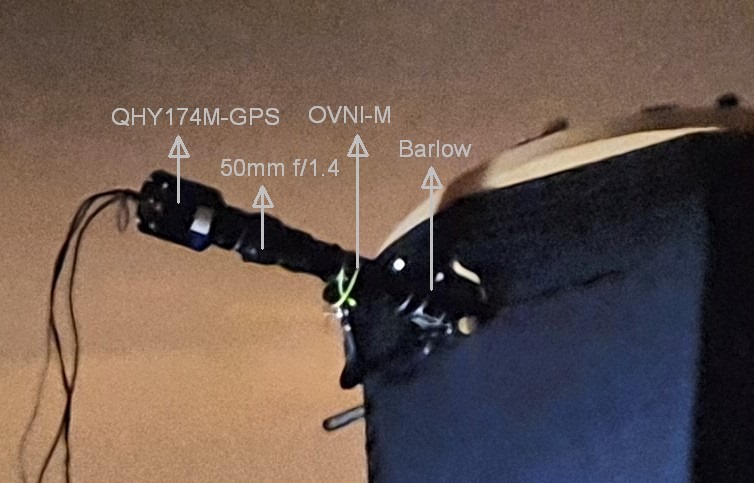
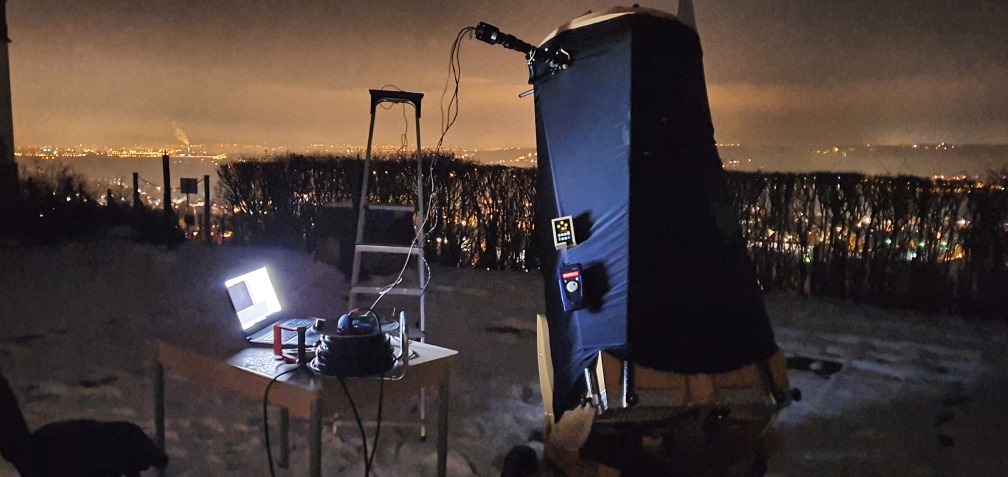

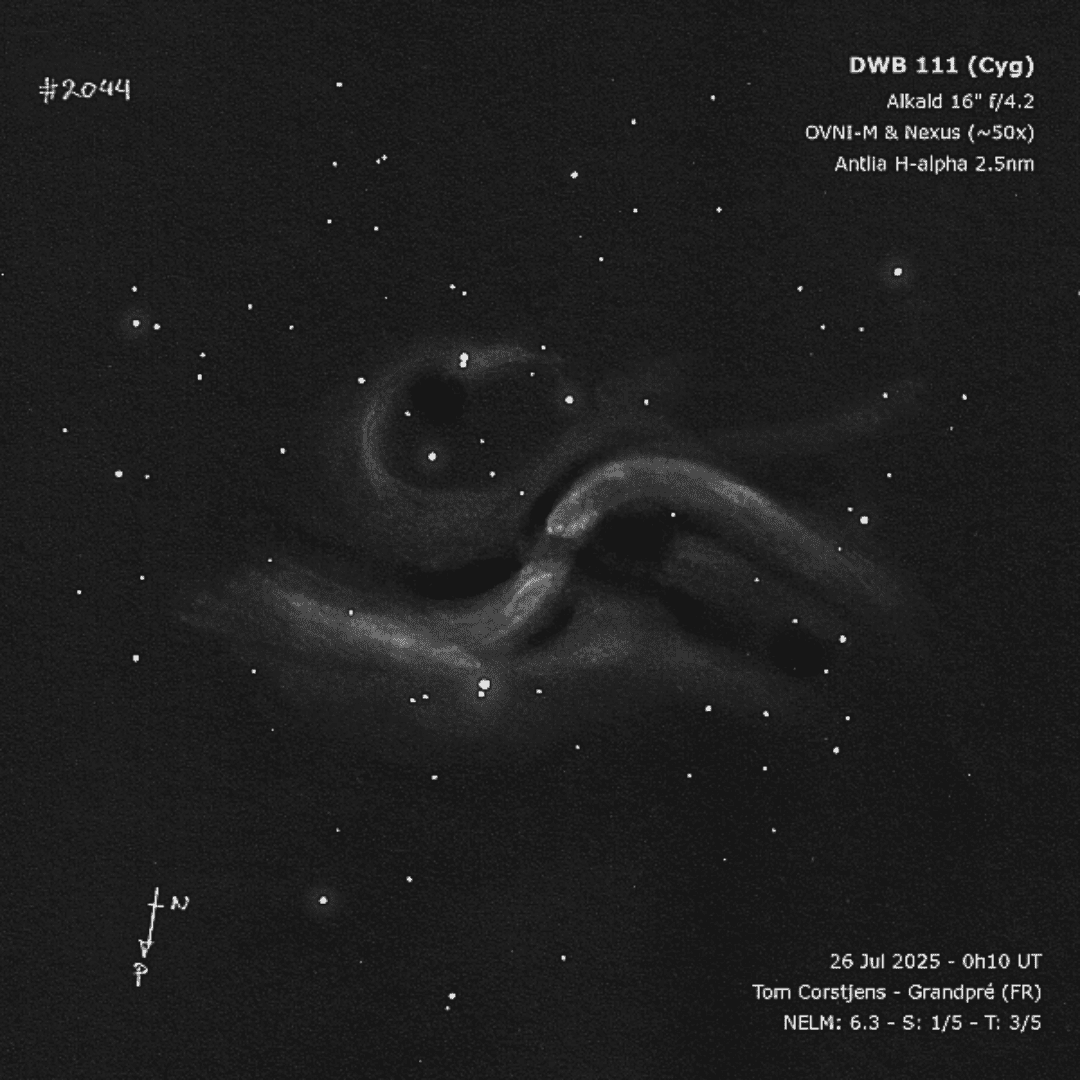


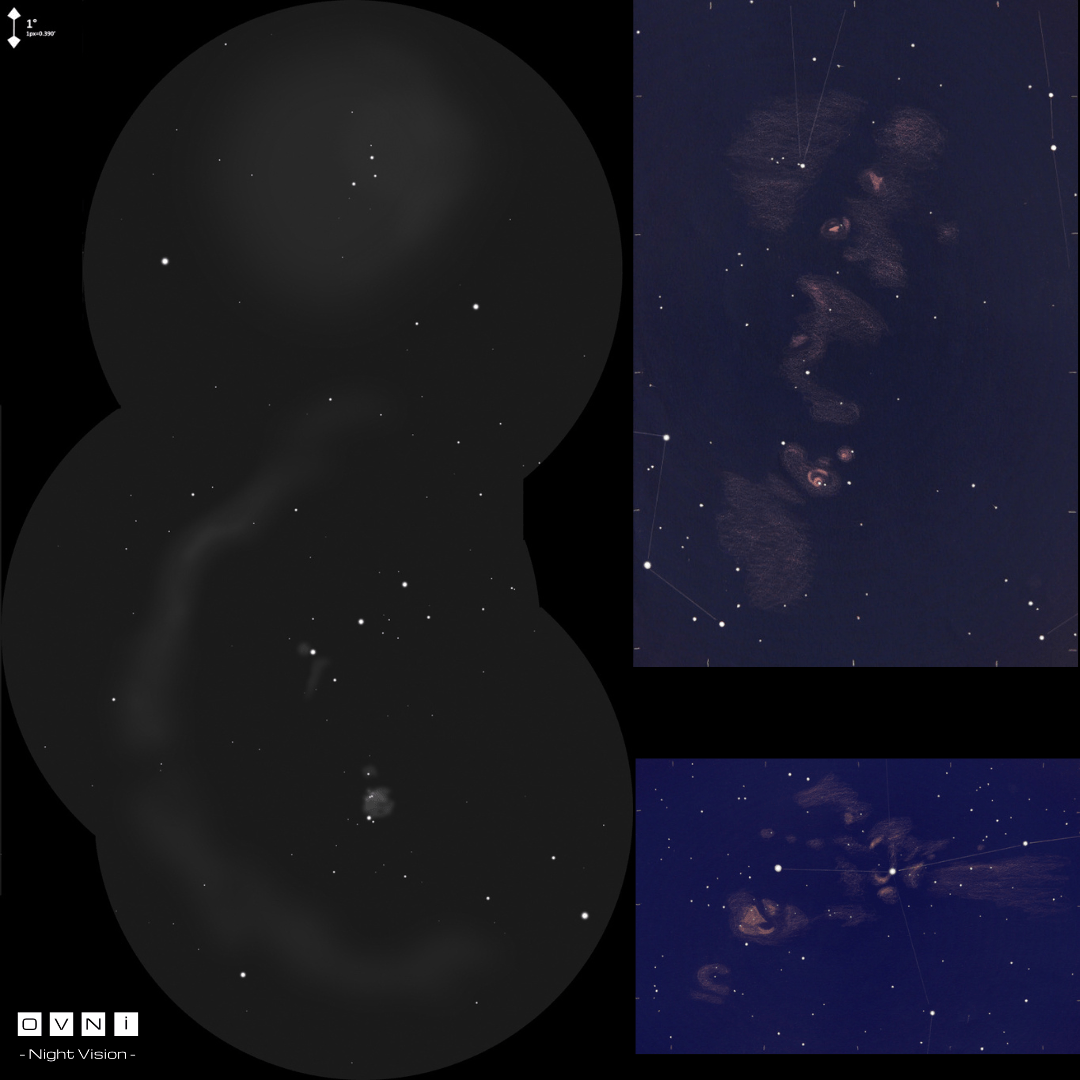
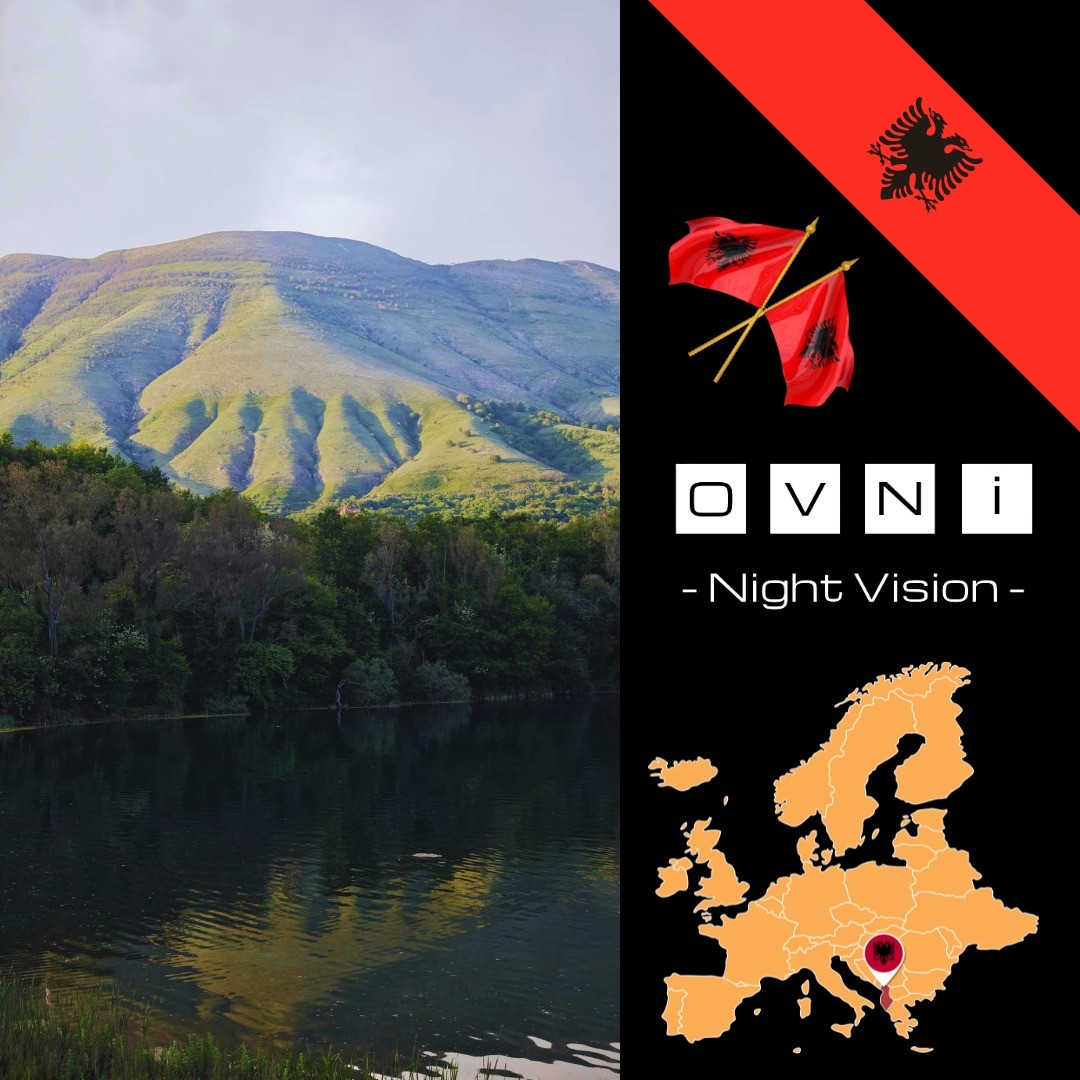
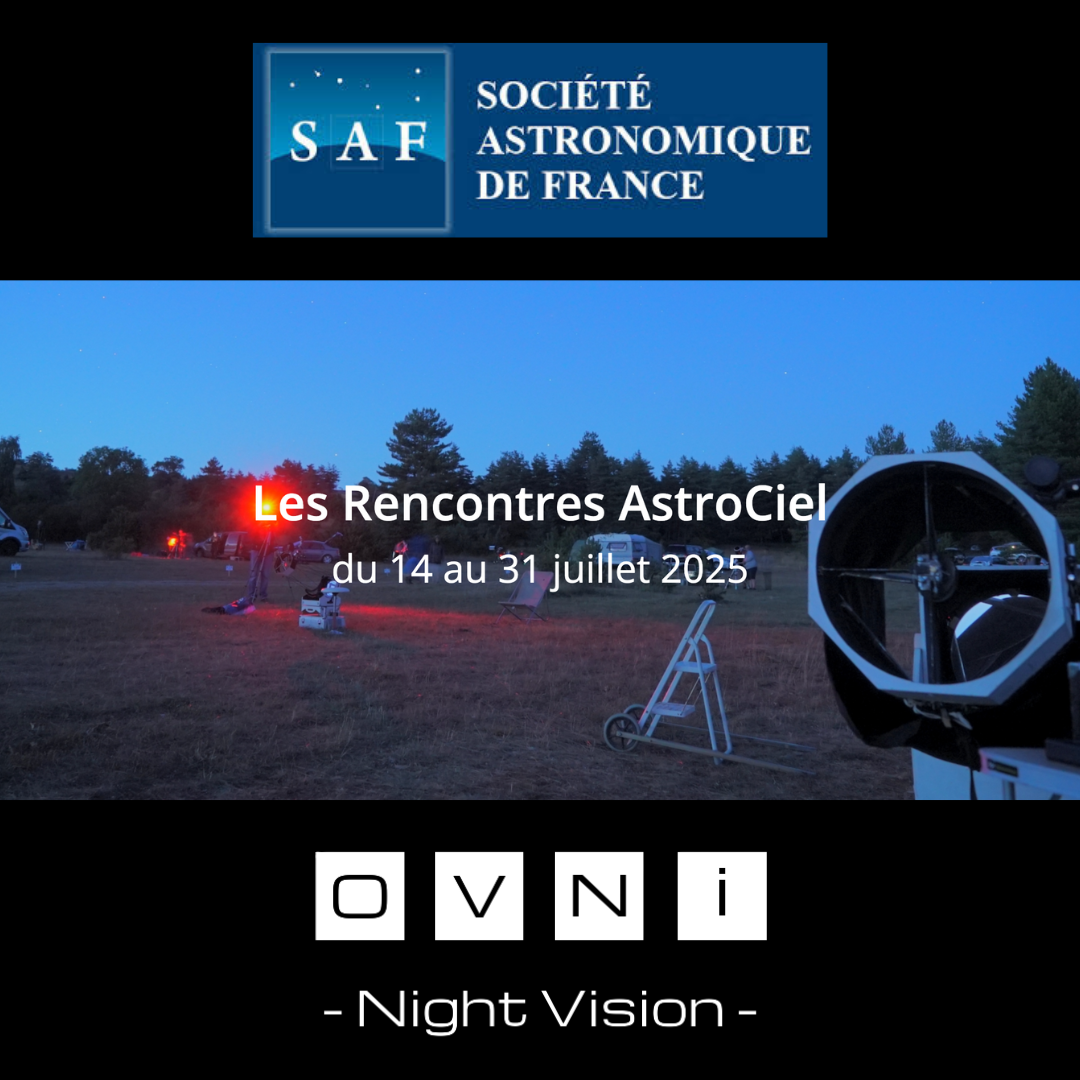
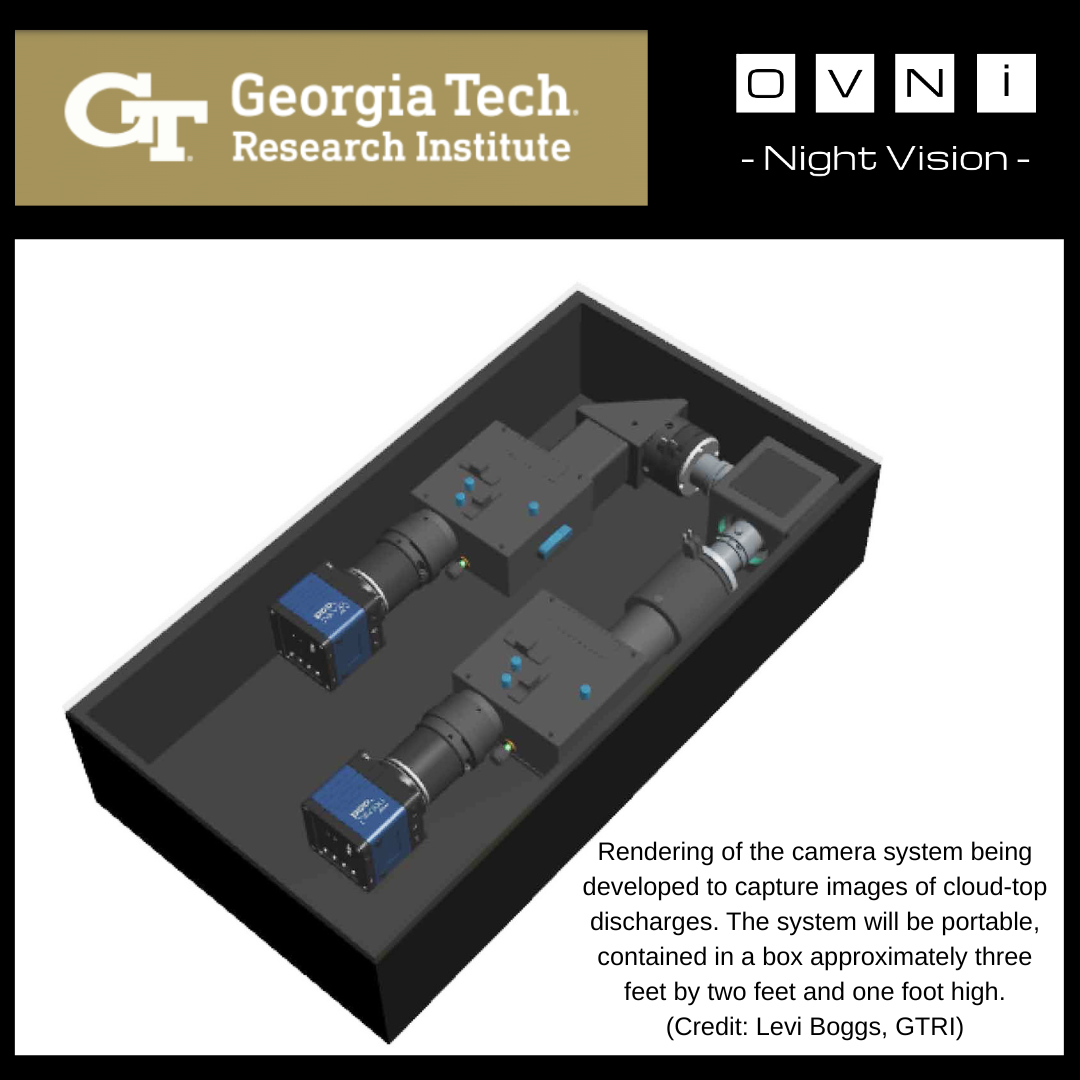

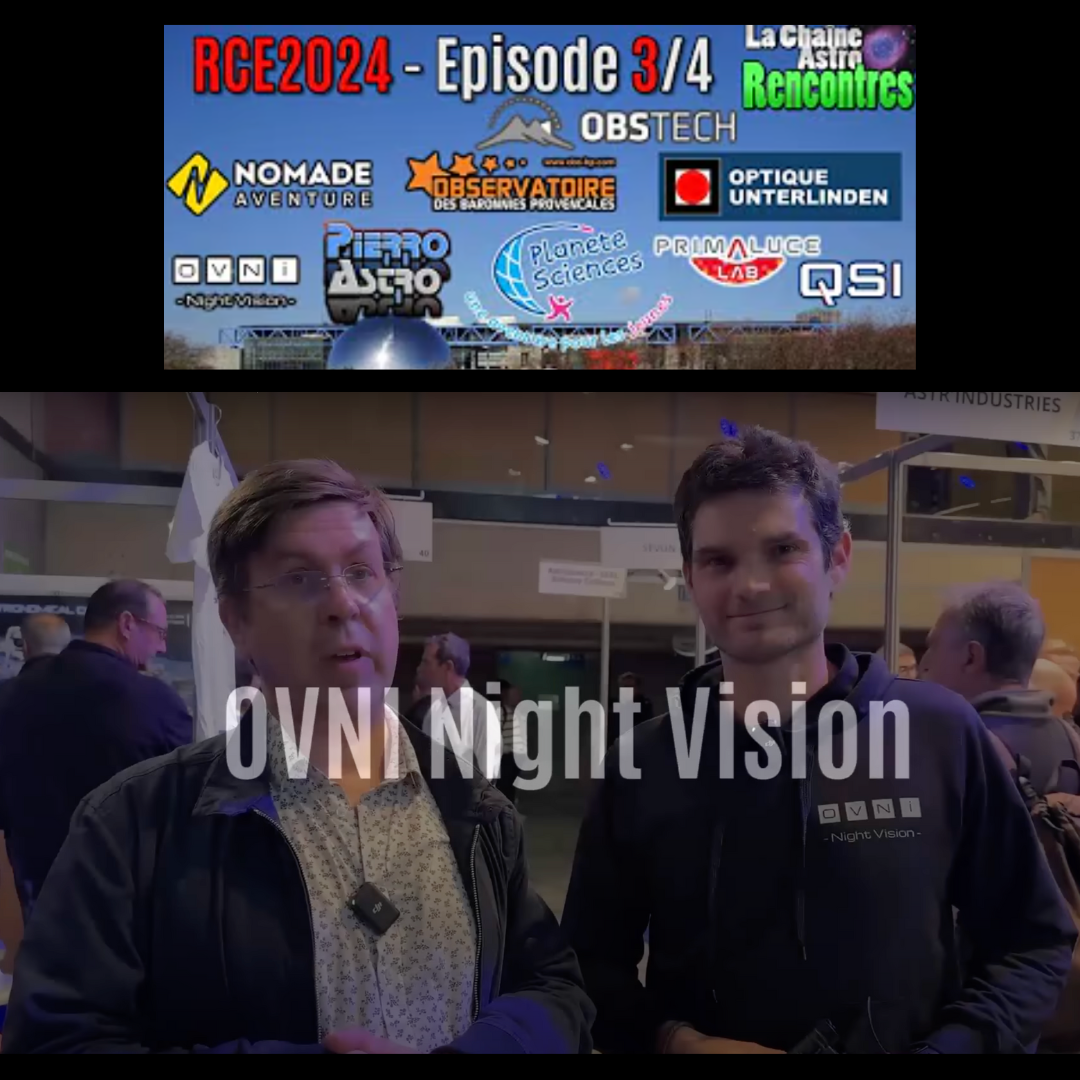


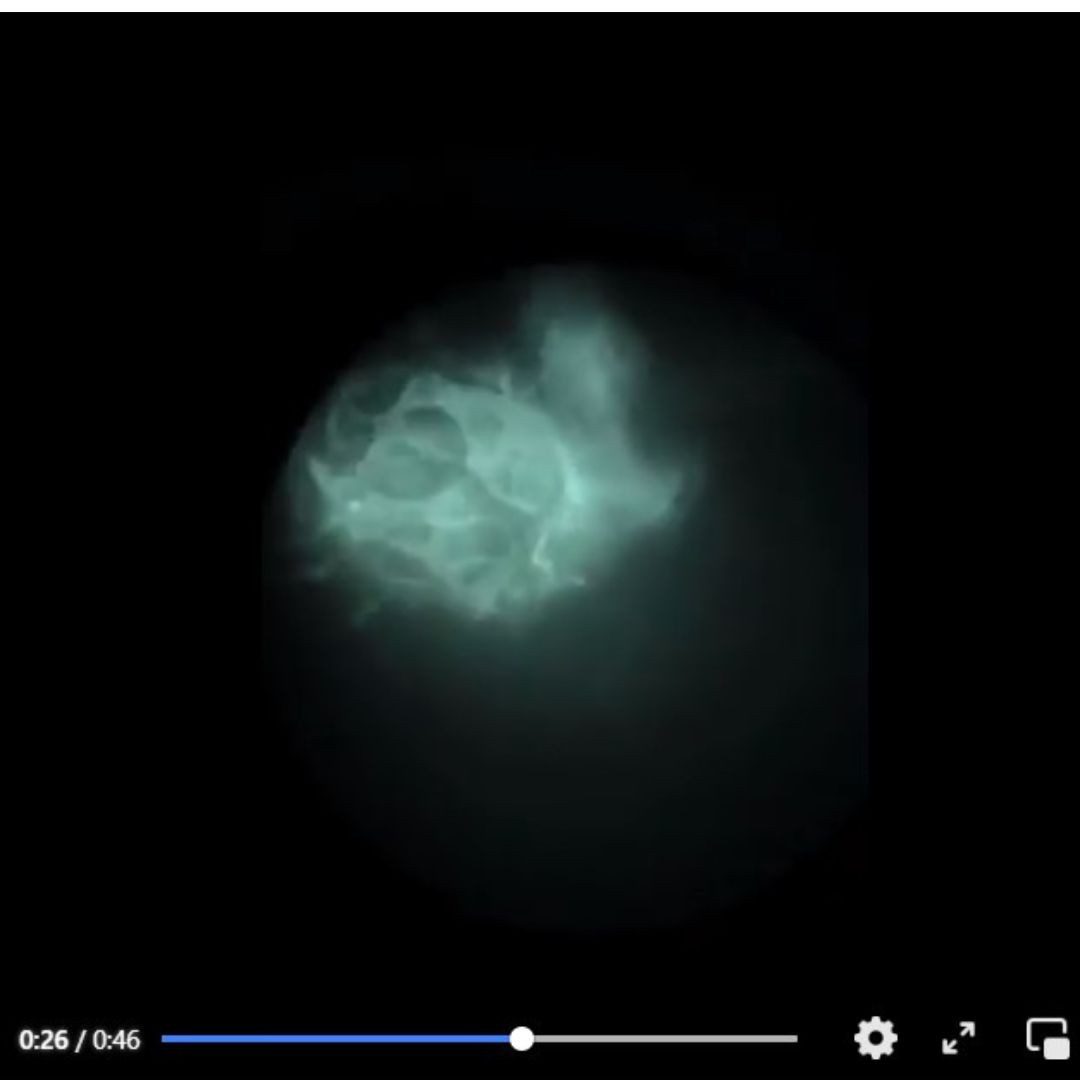

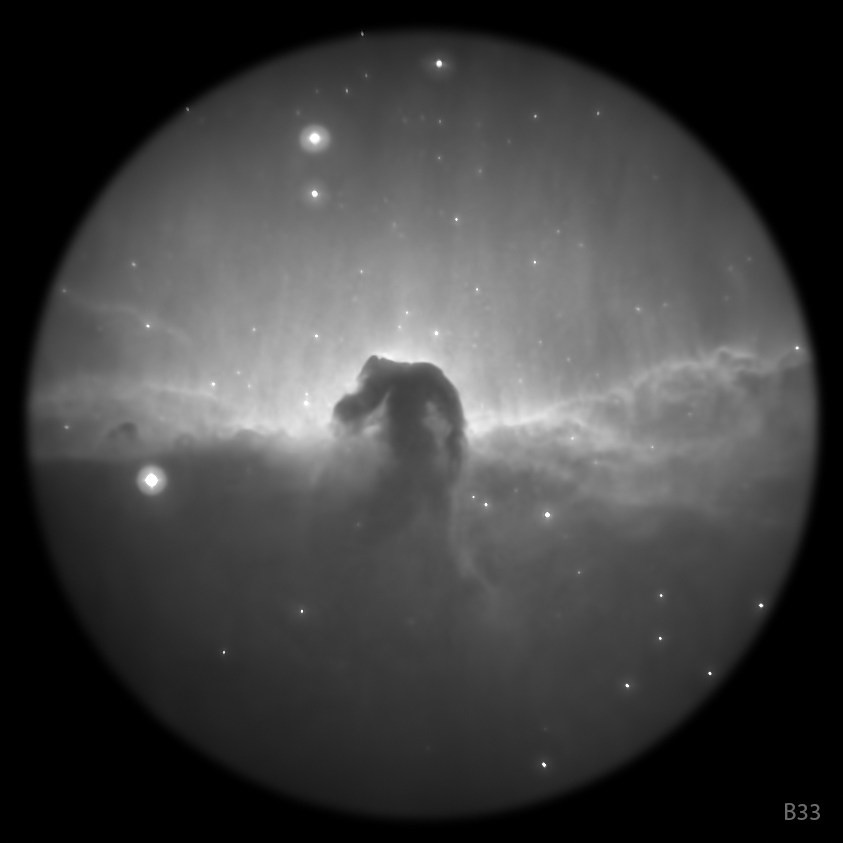
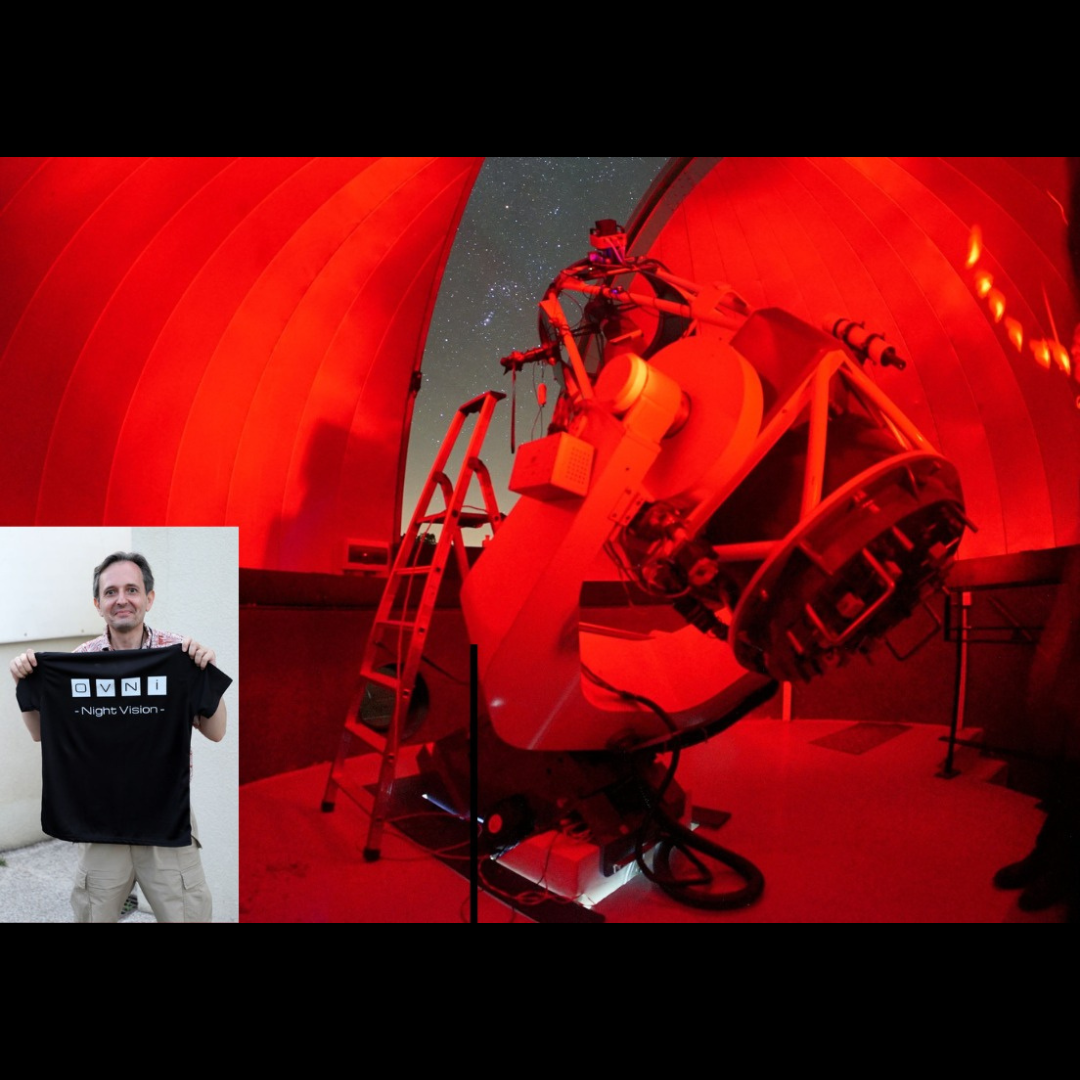
Leave a comment